The world of gourmet cuisine has long been enchanted by the exquisite marbling and unparalleled tenderness of Japanese Wagyu beef, particularly the coveted A5 grade. Among its many celebrated qualities, the melting point of the fat within its intricate marbling stands out as a defining characteristic. This unique attribute not only influences the texture and flavor but also dictates the ideal cooking methods to fully appreciate this luxurious ingredient.
Wagyu beef, renowned for its high intramuscular fat content, achieves its zenith in the A5 grade. The fat in A5 Wagyu is distinct from that of other beef varieties, owing to its lower melting point. While ordinary beef fat typically melts at around 104°F (40°C), the fat in A5 Wagyu begins to melt at approximately 77°F (25°C), just below human body temperature. This remarkable property ensures that the fat dissolves almost instantly upon contact with the tongue, creating a buttery, melt-in-the-mouth sensation that is the hallmark of premium Wagyu.
The science behind this phenomenon lies in the composition of the fat itself. Wagyu fat contains a higher proportion of monounsaturated fatty acids, particularly oleic acid, which is also found in olive oil. Oleic acid has a lower melting point compared to saturated fats, contributing to the luxurious texture of A5 Wagyu. Additionally, the intricate marbling pattern ensures that the fat is evenly distributed, allowing for consistent melting and flavor release throughout each bite.
Chefs around the world have learned to harness this unique property to elevate their dishes. Because the fat melts so readily, A5 Wagyu requires minimal cooking time. Overcooking can cause the fat to render out too quickly, leaving the meat dry and robbing it of its signature richness. Instead, chefs often opt for quick searing over high heat or gentle cooking methods like shabu-shabu or sukiyaki, where the beef is lightly dipped in hot broth. These techniques preserve the delicate balance of fat and muscle, ensuring an unforgettable dining experience.
Beyond its culinary applications, the low melting point of A5 Wagyu fat also plays a role in its nutritional profile. The high oleic acid content is associated with heart health, making Wagyu a surprisingly healthier option among red meats when consumed in moderation. This combination of indulgence and nutritional benefits further cements its status as a delicacy.
For those seeking to experience A5 Wagyu at its finest, understanding its melting point is key. Whether enjoyed as a perfectly seared steak, thinly sliced in a hot pot, or even raw in premium sushi, the interplay of temperature and texture defines the magic of this extraordinary beef. It’s a testament to the artistry of Japanese cattle farming and a reminder of why Wagyu remains the gold standard in gourmet cuisine.

By /May 26, 2025
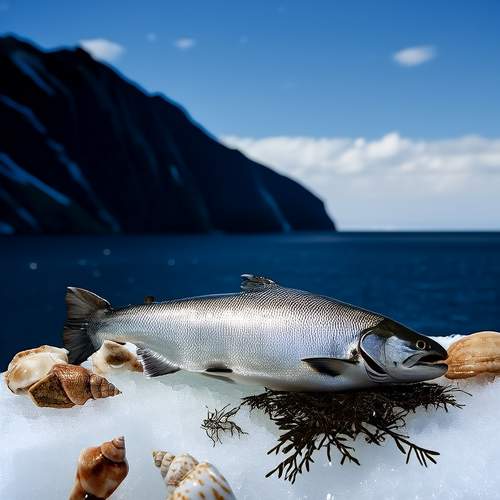
By /May 26, 2025

By /May 26, 2025
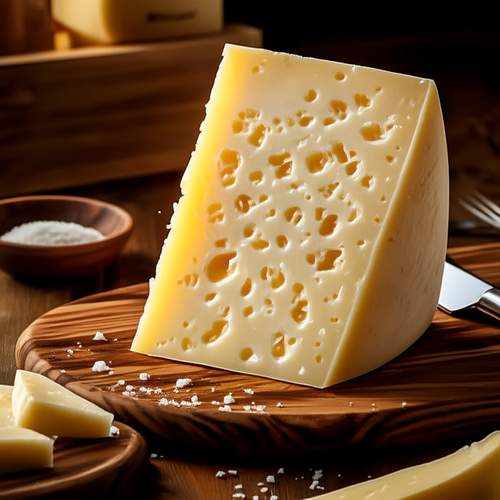
By /May 26, 2025

By /May 26, 2025
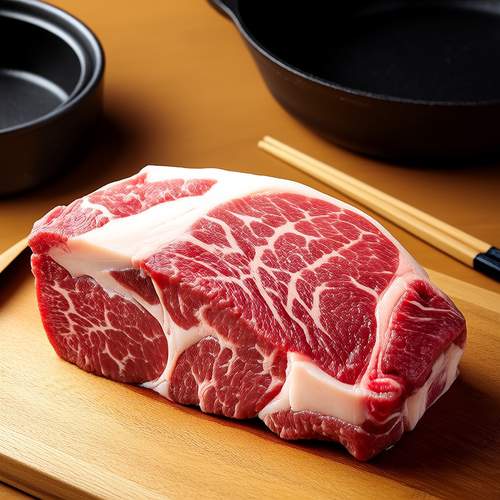
By /May 26, 2025
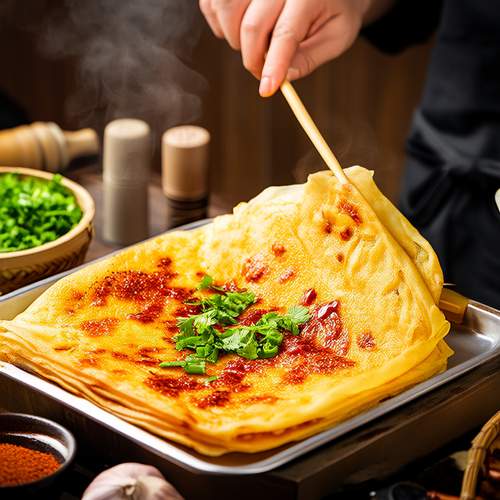
By /May 26, 2025
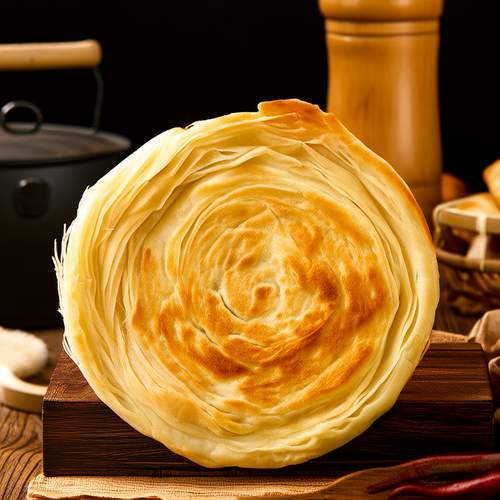
By /May 26, 2025

By /May 26, 2025
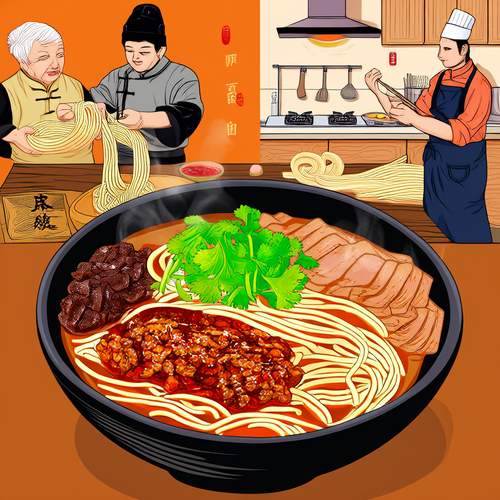
By /May 26, 2025

By /May 26, 2025

By /May 26, 2025

By /May 26, 2025

By /May 26, 2025

By /May 26, 2025
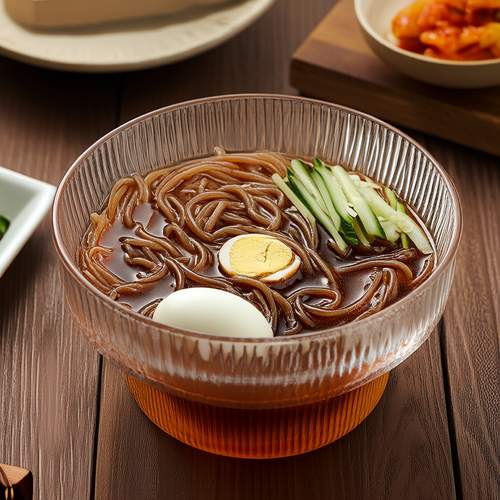
By /May 26, 2025

By /May 26, 2025

By /May 26, 2025
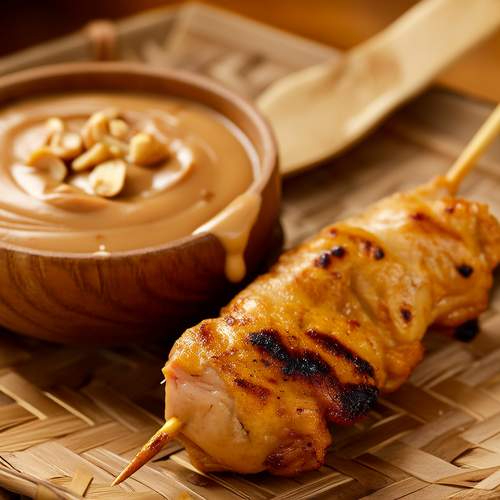
By /May 26, 2025
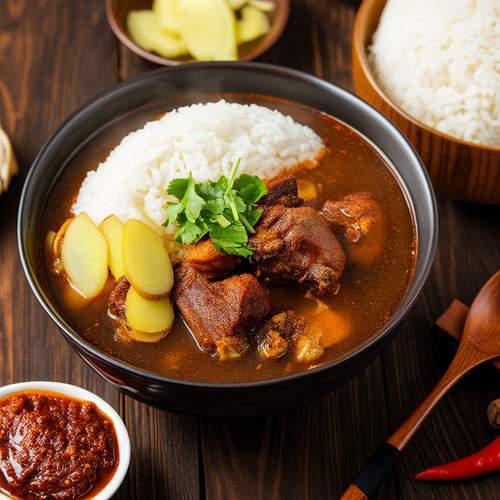
By /May 26, 2025